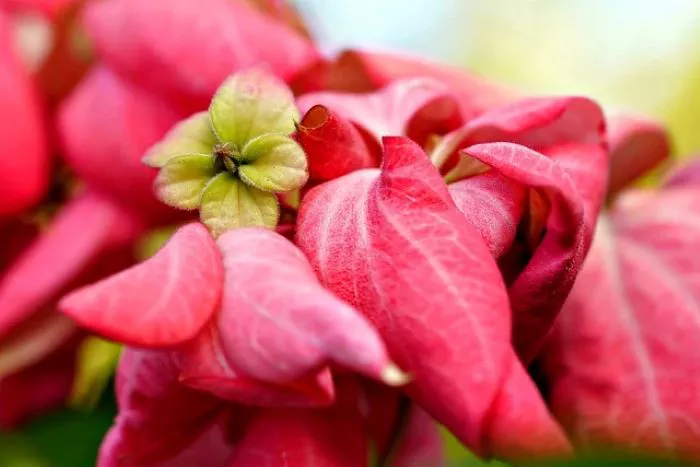Flowers are a vital part of the natural world. They play essential roles in ecosystems, providing beauty, food, and habitat for various organisms. One common question among gardeners and nature enthusiasts is how long flowers live in nature. The lifespan of flowers can vary significantly depending on the species, environmental conditions, and the specific role they play in their ecosystems. This article explores the lifespan of flowers in nature, the factors that influence their longevity, and the importance of understanding these dynamics.
Understanding Flower Lifespan
The lifespan of a flower can be defined in different ways. It can refer to the duration of the flower’s bloom, the life cycle of the plant, or the overall longevity of the species.
The bloom duration is the time a flower remains open and vibrant. This can range from a few days to several weeks. Some flowers, like the daylily, bloom for only a single day, while others, such as chrysanthemums, can last for several weeks.
The life cycle of the plant is another consideration. Annual plants complete their life cycle in one growing season. They germinate, bloom, produce seeds, and die within a year. Perennial plants, on the other hand, can live for many years, returning each growing season to produce flowers.
Factors Affecting Flower Lifespan
Several factors influence how long flowers live in nature. These include species characteristics, environmental conditions, and ecological interactions.
Species Characteristics: Different flower species have evolved unique adaptations that affect their lifespan. Some flowers are designed to bloom quickly and reproduce rapidly, while others may take longer to mature but can live for many years. For example, annual flowers like sunflowers have a short lifespan, while perennials like peonies can live for decades.
Environmental Conditions: The environment plays a crucial role in determining flower lifespan. Factors such as temperature, humidity, soil quality, and light availability can all impact how long a flower blooms. Flowers in optimal conditions may thrive longer, while those in harsh environments may wilt quickly.
Ecological Interactions: Flowers are part of complex ecosystems. Their interactions with pollinators, herbivores, and other plants can affect their lifespan. For instance, flowers that attract a variety of pollinators may reproduce more successfully, ensuring their survival. Conversely, flowers that are heavily grazed by herbivores may have a shorter lifespan.
Lifespan of Common Flower Types
The lifespan of flowers can vary widely among different types. Here are some examples of common flower types and their typical lifespans in nature.
Annual Flowers: Annual flowers, such as marigolds and petunias, have a short lifespan. They typically bloom for a few weeks to a couple of months before completing their life cycle. Once they produce seeds, they die, but their seeds may germinate the following season.
Perennial Flowers: Perennial flowers, like coneflowers and daisies, can live for many years. They may bloom for several weeks each year and can return for decades if cared for properly. Some perennials, such as certain varieties of roses, can live for 50 years or more.
Wildflowers: Wildflowers are often adapted to their local environments. Their lifespans can vary, with some annual wildflowers blooming for a short period, while perennial wildflowers may last for many years. For example, bluebells typically bloom for a few weeks in spring, while some wildflower species can persist for decades.
Tropical Flowers: Tropical flowers, such as hibiscus and orchids, can have varying lifespans. Many tropical flowers bloom for several weeks, while some orchid species can live for years. The longevity of tropical flowers often depends on their growing conditions and care.
The Role of Flowers in Ecosystems
Understanding the lifespan of flowers is essential for appreciating their role in ecosystems. Flowers are crucial for pollination, providing food for insects, birds, and other animals. They also contribute to plant reproduction, ensuring the continuation of plant species.
The lifespan of flowers affects their ability to attract pollinators. Flowers that bloom for longer periods can provide more food resources for pollinators, supporting biodiversity. Additionally, the timing of flowering can influence the overall health of an ecosystem. For example, flowers that bloom early in the spring provide essential food for pollinators emerging from hibernation.
Conclusion
The lifespan of flowers in nature varies widely based on species, environmental conditions, and ecological interactions. Annual flowers have short lifespans, typically lasting only a few weeks, while perennials can thrive for many years. Understanding these dynamics is essential for gardeners and nature enthusiasts alike.
By recognizing the factors that influence flower longevity, we can better appreciate their beauty and importance in ecosystems. Whether planting a garden or observing wildflowers, knowing how long flowers live helps us understand the natural world and our role within it. Flowers not only enhance our landscapes but also play vital roles in supporting life on Earth.


